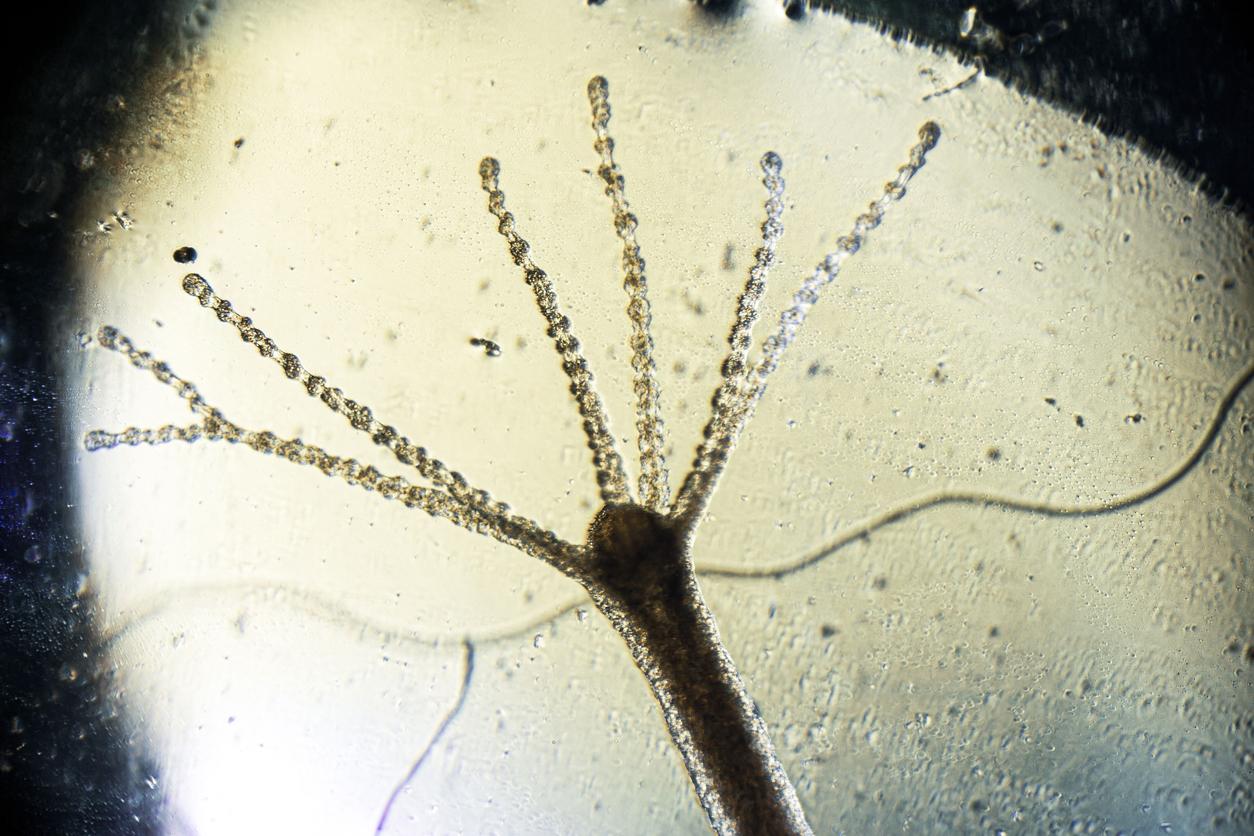They are part of the unpleasant surprises of summer at sea, or in the ocean, they cause burns if you approach them too closely, but in general, they do not threaten the health of men, at least in Europe . With the exception of some, like the one that theit is nicknamed the “sea bladder”, or even the “Portuguese galley” which has invaded Spanish beaches in recent days, such as the tells 20 Minutes.
From its real name, “physalie”, it is in fact not really a jellyfish, but a marine animal of the same family. “This species, furnished with very long filaments, is extremely stinging. These animals are recognizable by their bluish color,” notes the ARS Pays de la Loire in a file on this subject. Physalies have tentacles which they use to paralyze their prey, which they sometimes do to humans as well. If in general, they are not fatal, some cases of death have been reported.
They even sting when dead
Even if you come across a dead one, do not touch it: it can still sting you. The symptoms, in addition to the burn, can go as far as a “feeling of discomfort, loss of consciousness, acceleration of heart rate and blood pressure, dizziness, abdominal pain, vomiting” notes the ARS.
Where do we find it? Physalia can be found in all the warm waters of the globe. The Pacific and Indian oceans are the most prone to it, but in the Atlantic, it happens that we come across it in the Gulf Stream.
As a reminder, if you are burned, do not apply heat (at the risk of accentuating the burn) even if the venom is sometimes heat-labile. You have to remove the filaments with pliers, trying not to crush them. You can then apply dry sand and scrape with a credit card. For rinsing: prefer sea water and do not rub.
Sources: 20 Minutes, ARS Pays de la Loire















